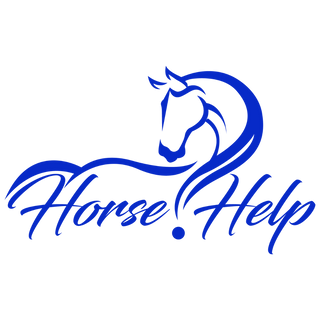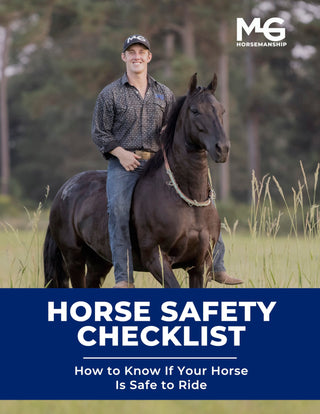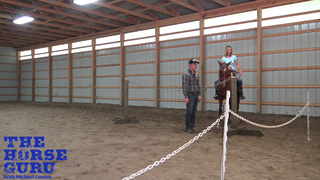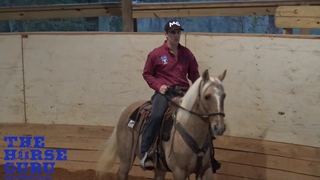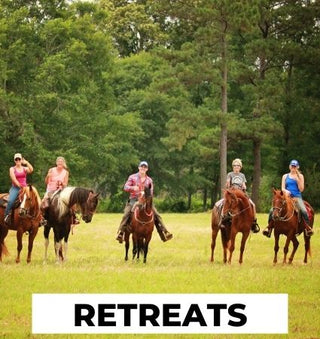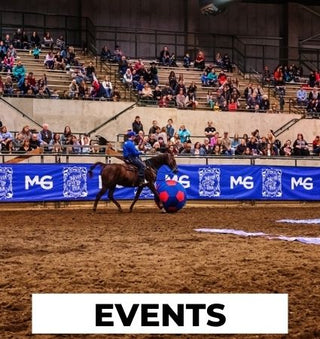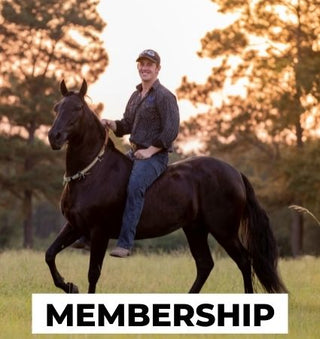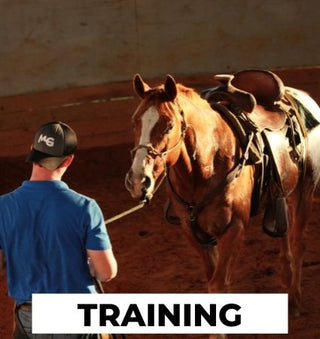Watch the Video Here or continue reading below!
If you've ever wondered how to ride one-handed while managing a rope, you're in the right place. In this Intro to Roping session, Michael Gascon, The Horse Guru, breaks down the fundamentals of riding one-handed with a rope, giving riders practical steps to start their roping journey with confidence. Whether you're a beginner or looking to sharpen your horsemanship, this tutorial is a goldmine of insight and technique.
Why Roping Teaches Real Horse Control
Roping isn’t just about chasing cows—it's about taking the training wheels off your horse. When you ride with a rope in one hand, you're relying on your horse's ability to follow your cues with minimal rein guidance. That means your groundwork, neck reining, and body control need to be solid.
🔑 Keyword Tip: Use terms like riding one-handed, beginner roping tips, neck reining for roping, and training a rope horse for SEO optimization.
Setting Up: Holding Your Rope and Reins
For a right-handed rider:
-
Reins: Use short, thin reins. Hold them between your middle and ring finger.
-
Rope Coil: Grab your coils with your full hand while keeping enough space to still steer effectively.
This position allows for quick rope deployment while maintaining control of your horse with one hand.
Building Confidence With Left Turns
Start simple by giving your horse consistent left-hand cues:
-
Look left.
-
Turn left.
-
Repeat.
This repetition builds pattern recognition in your horse and develops the foundation for one-handed steering. Eventually, you’ll leave the pattern and “take the training wheels off” by navigating in all directions fluidly.
When Your Horse Gets Stuck: Apply Pressure, Then Release
If your horse resists or hesitates, pulsate the pressure:
-
Bump with your leg.
-
Bump with your rein.
-
Release once they respond.
Don’t overthink your cues—when you're chasing a cow in real-time, it won't be perfect. Your horse just needs to get the message.
Practicing Rope Movement on Horseback
Before chasing a live animal, get your horse comfortable with:
-
Rope swinging around their head and body.
-
Movement near their chest and hindquarters.
-
Adjusting the rope to avoid figure-eight tangles by flipping the loop open.
Desensitizing your horse to rope motion is key to safe and effective roping.
Right-Handed Roping: Stay Forward and Right
Always remember:
-
You rope forward and to the right.
-
Use the horse’s speed and direction—don’t aim for long throws.
-
Make realistic 6-foot throws instead of trying to rope from across the arena.
The horse is your partner. Use its legs and momentum rather than your arm strength.
Timing Is Everything: Don’t Wait Too Long
One of the most common mistakes beginners make is:
-
Roping while sitting deep in the saddle.
-
Swinging too long and missing the moment.
Instead:
-
Stand up just before you rope.
-
Swing once or twice.
-
Let the rope go at the moment you’re closest to your target.
Short spurts of standing are more effective than long, drawn-out swings.
The Importance of a Proper Follow-Through
After your throw:
-
Follow through by letting your arm extend back behind your hip.
-
Dally off with your thumb up—never down. A thumb-down grip risks serious injury by catching your hand in the horn.
Finish by facing up with the cow to avoid getting pulled off balance.
Training Your Horse Through Roping
Roping helps your horse learn:
-
Responsiveness under pressure.
-
How to move off subtle cues.
-
How to stay focused when it matters most.
As Michael says, it’s a way to test if your horse is truly trained, not just obedient under perfect conditions.
Breed Doesn’t Matter—Willingness Does
You don’t need a traditional roping horse like a Quarter Horse to get started. Michael’s own Paso Fino, Fannie, loves to rope. As long as your horse is responsive and confident, you can train for roping.
Practice Makes Progress: Start on the Ground
Before you rope from horseback:
-
Practice roping a bucket from the ground.
-
Then rope from the saddle while standing still.
-
Only then begin roping on the move.
Also, check out Michael’s other series on neck reining and shoulder control to improve your steering.
Final Thoughts: Ready to Rope?
Roping is more than a rodeo sport—it's a powerful tool to build trust, sharpen cues, and increase responsiveness in your horse. Start with the basics, be patient, and send in your progress videos if you're trying this at home!
